Hair through the ages…
June 19 2023 by: Jo M
Hairstyles have gone through various trends and changes throughout history, with some of them instantly recognisable as being from a certain era – like the Mary Quant bob, or the 70s long flowing, flower adorned locks.
And whilst some are (thankfully) resigned to history books, others like the shaggy mullet (think Miley Cyrus) or the pixie cut come back time and time again. Scroll down for our fun guide to hair through the ages!
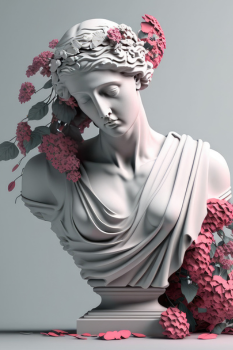
In ancient times, hairstyles were often elaborate and adorned with various accessories such as beads and feathers. Women in ancient Egypt often wore wigs made of human hair, while men in ancient Greece and Rome had short hair.
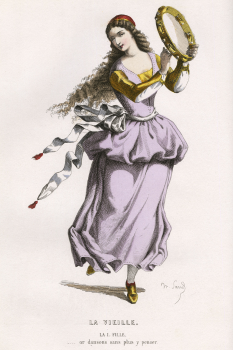
During the Middle Ages, hairstyles were often dictated by social class. The nobility often wore elaborate hairstyles, while peasants had simpler styles. Women often wore their hair long and braided, while men had short hair.

Throughout the Renaissance, women often wore their hair in elaborate updos with braids and curls. Men’s hairstyles were also more elaborate, with curled or wavy hair and facial hair.
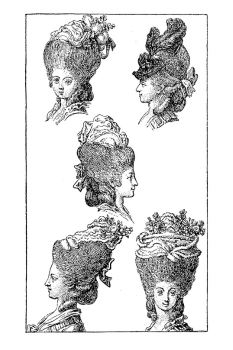
In the 18th century, women’s hairstyles were often large and elaborate, with powdered hair and towering updos. Men often wore powdered wigs.
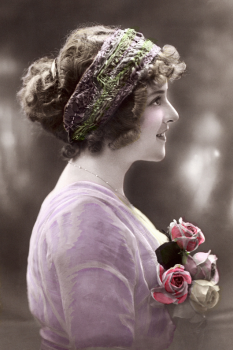
During the Victorian era, women’s hairstyles became more restrained and natural, with long hair often worn in loose curls or braids. Men’s hairstyles also became more natural, with shorter hair and less facial hair.
Hairstyles underwent significant changes in the last 100 years, influenced by various cultural, social, and technological factors. Whilst some era’s have a very familiar ‘look’ other more modern era’s are a blend of previous styles and fashions.
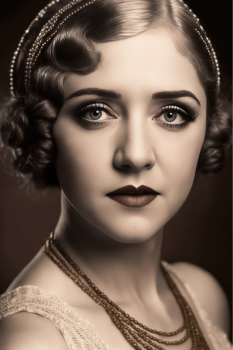
The 1920s was the era of the “flapper girl” and the bob haircut. Short, blunt bobs were the trend, often with finger waves and side parts. Women also used hair accessories such as cloche hats, headbands, and hairpins.
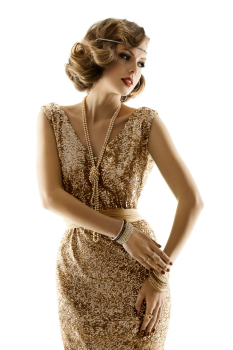
The 1930s saw a move towards more glamorous, feminine hairstyles. Long, wavy hair with deep side parts was popular, often accessorized with flowers or jewelled clips. Pin curls were also popular for creating more structured, sophisticated styles.
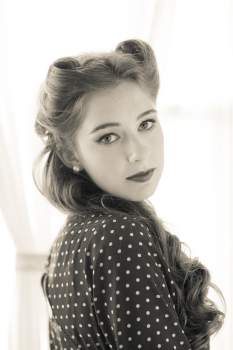
During World War II, women often wore their hair in practical styles due to the demands of the workforce. Victory rolls and other updos became popular, as well as shorter hairstyles like the pixie cut.
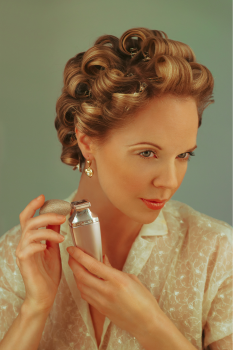
The 1950s saw a return to more feminine, glamorous styles. Women often wore their hair in soft, voluminous curls or swept-up bouffant. Men’s hairstyles were often slicked back with pomade, and the “ducktail” became a popular style.
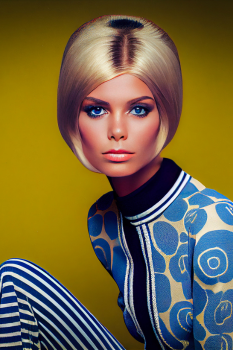
The 1960s saw a move towards more edgy, androgynous hairstyles. Women often wore their hair in short, boyish cuts, such as the iconic “pixie cut” worn by Audrey Hepburn. The bouffant also remained popular, often paired with a dramatic beehive.
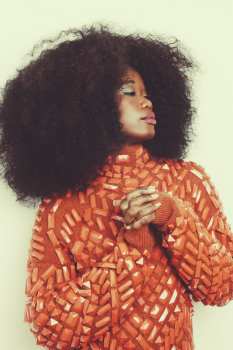
The 1970s saw a move towards more natural, relaxed hairstyles. Long, loose waves and shaggy cuts were popular, as well as the iconic afro. Men’s hairstyles became longer and more flowing, often accessorized with headbands or hats.
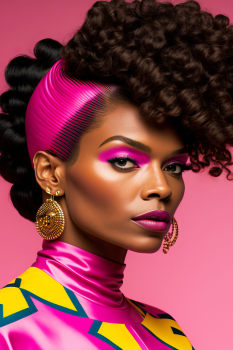
The 1980s saw a move towards more dramatic, attention-grabbing styles. Perms, mullets, and big hair were all the rage, with women often using hair accessories such as scrunchies and banana clips.
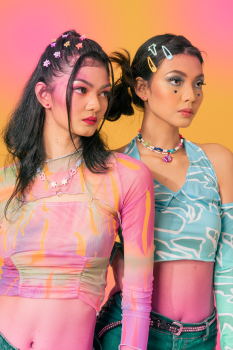
The 1990s saw a return to more natural, relaxed hairstyles. The “Rachel” haircut, made famous by Jennifer Aniston on Friends, became a popular style, as well as long, straight hair and messy, grunge-inspired styles.
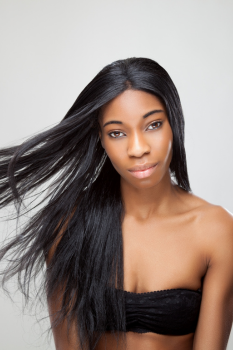
The 2000s saw a move towards more sleek, polished styles. Straighteners became popular, as did blunt cuts and asymmetrical styles. Men’s hairstyles often featured gelled spikes or messy, textured cuts.
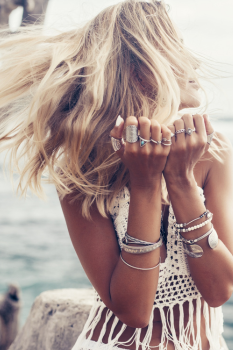
The 2010s saw a wide range of hair trends, from long, loose waves to bold, bright colours. Ombre and balayage techniques became popular for adding dimension to hair, while short, textured cuts for women and beards for men were popular throughout the decade.
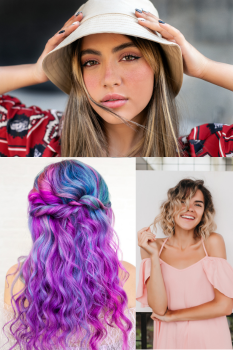
As we move further into the 2020s, we can expect to see more diversity in hairstyles, with people embracing their natural hair textures and experimenting with bold colours and avant-garde styles.